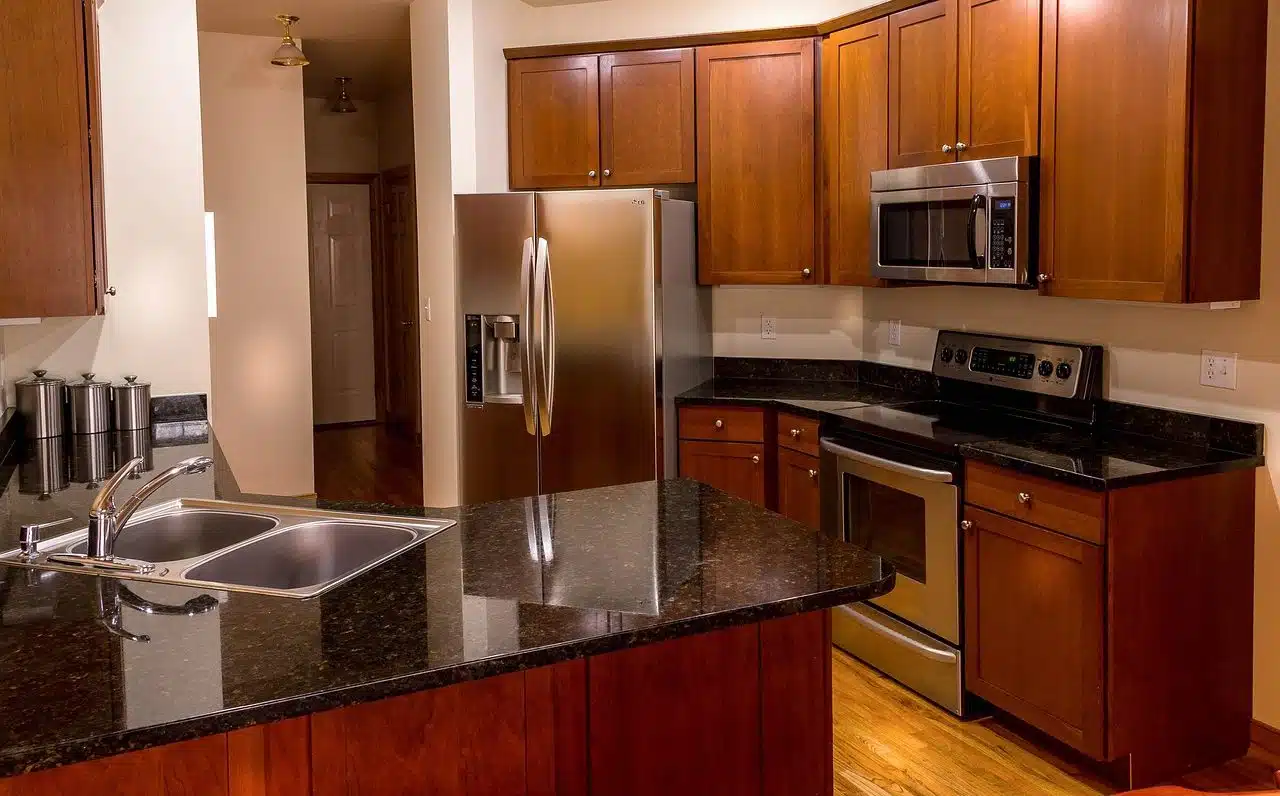
The microwave oven is an essential appliance in a modern kitchen.
Microwaves are electromagnetic waves that can propagate inside metal conduits and through space. Its length ranges from 1 millimeter to 1 meter, with a frequency between 300 MHz and 300 GHz
Currently, the concept usually refers to the oven that uses this type of waves to heat and cook food. The microwave, in this sense, is an appliance .
What are microwaves
Microwaves are part of electromagnetic radiation : a combination of oscillating electric and magnetic fields that, when propagated, transfer energy through space. This radiation manifests itself in different ways, microwaves being one of them.
Microwaves have a range that is included in radio frequency . The microwave bands, in this framework, correspond to the extremely high frequency ( EHF ), the super high frequency ( SHF ) and the ultra high frequency ( UHF ).
These waves can be created in vacuum tubes or solid-state devices. In the first case, elements such as the gyrotron , the klystron , the magnetron and the traveling wave tube work with the movement of the electron in a vacuum influenced by magnetic or electric fields.
As for solid-state devices, these can be read (or IMPATT ) diodes, Gunn diodes , polar junction transistors , or field-effect transistors that are based on gallium arsenide or silicon semiconductors.

The microwave tray must be kept clean.
Its application in the kitchen
The microwave oven , referred to in colloquial language simply as a microwave, is a device that can heat or cook food through the production of electromagnetic waves with a frequency of about 2450 MHz. They have a rotating plate that makes it possible even heating of food.
The application of microwaves to cooking was discovered by chance. It was the American engineer Percy Spencer who, while researching radars, was working with a magnetron when he noticed that a chocolate bar he kept in his pocket had melted. Sensing that what happened was linked to the magnetron, he began testing other food products, such as popcorn and eggs.
In this way, Spencer designed the first prototype of a microwave oven in 1945 , which the following year was patented by the company he worked for ( Raytheon Company ). In 1947 , meanwhile, the device had its commercial launch.

The microwave's rotating plate allows for even cooking.
How a microwave oven works
A microwave oven has a power source (which can be a power converter or a transformer), an electrical capacitor , a magnetron , a control circuit , a short wave guide , a metal cooking chamber , a plate that rotates and a control panel or digital display . The power supply supplies electrical energy to the magnetron, which is responsible for converting electricity into microwaves.
These electromagnetic waves are what radiate towards the food, providing it with heat . Certain substances, such as water and fats, absorb the energy that is present in microwaves through the process known as electronic or dielectric heating .
The phenomenon has to do with the electric dipoles of substances, which oscillate to achieve alignment with the electromagnetic field. In this way the molecules collide and rub, generating an increase in temperature.
It is important to keep in mind that heating and cooking food via microwave is a physical process . It occurs due to the agitation of the molecules and there are no changes in the chemical composition of the food, beyond those caused by the increase in temperature itself.
Most common uses
The microwave oven is usually used mainly for reheating food . This can be done with those that were stored in the refrigerator (refrigerator) or that, once served, had cooled down.
The microwave is also used to defrost frozen foods and to complete the cooking of pre-cooked foods . This technology also works for cooking from scratch, but depending on the power of the microwave, this cooking time can be greatly extended.
The number of seconds, minutes or hours that food is subjected to electromagnetic radiation is defined by the timer of the appliance. Once the start button is pressed, however, you can pause or cancel the process at any time.
Time savings and convenience are the great advantages of these ovens. It is easier and faster to defrost a stew in the microwave than on a gas stove, to mention one possibility.
Microwave safety
The World Health Organization ( WHO ) recognizes the microwave as a safe appliance to use. Since it emits non-ionizing radiation, it does not change the chemical composition of food (it does not modify or destroy nutrients, for example).
Microwave radiation levels are low, which does not pose a risk to human health. However, microwaves can interfere with Bluetooth and WiFi signals, causing certain inconveniences.
Of course, it is essential to read the manufacturer's instruction manual to avoid problems with electricity . It is also key to keep in mind that suitable materials must be used (made with microwave-resistant plastic, for example) and that care must be taken to clean the appliance (avoiding the proliferation of bacteria).
